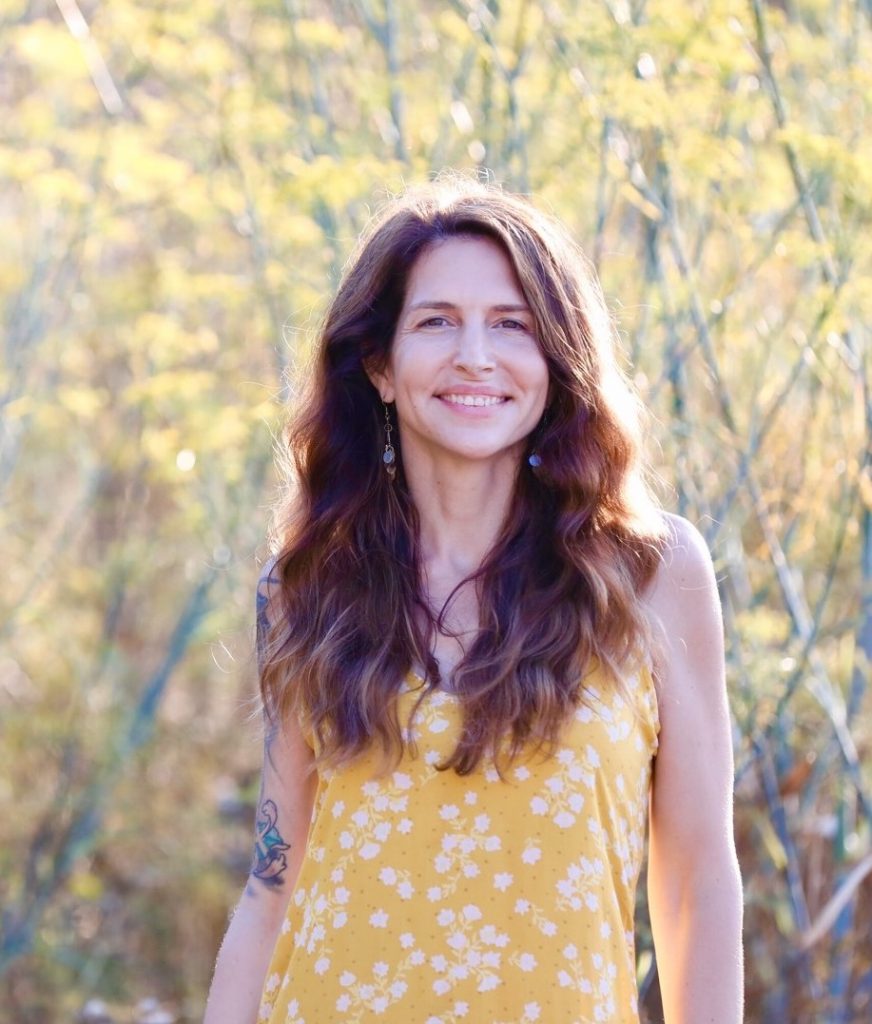Even if you have spent a significant amount of time on your own healing, you can end up in a relationship so toxic that it takes its toll on your otherwise healthy life. This is particularly true of our romantic relationships or our other closest relationships.
Elucidating contributing factors to our experience of unhealthy relationships been approached in a number of different ways.
One of these is through the discussion of the activation of our defenses in accordance with our attachment styles. There are four different attachment styles: Secure, Anxious, Avoidant, and Anxious-Avoidant. In any relationship that is not securely attached, there is the potential for deep activation of attachment issues that can lead to dysfunction. In the book Attached, Amir Levine discusses the crazy-making downward spiral of unhealthy attachment. This book helps to provide insight into how otherwise healthy people can become very unhealthy when there attachment wounds get triggered.
Another important angle is taken by Harville Hendrix in Getting the Love You Want. In this book, he talks about it as “the turtle and the tiger.” The turtle retreats from conflict and the tiger appears to be the aggressor. While this is not a direct correlation to attachment styles, there is some overlap. Overall, the retreat and attack dynamic can be found in many relationships where two people are struggling.
Codependence literature, on the other hand, can help us clarify unhealthy boundaries and how they affect us. By looking at where we have become immeshed with the people around us and learning new skills, we can learn to untangle ourselves from some challenging relationship dynamics.
No matter how we slice it, once we get into an unhealthy pattern things can go downhill fast. And, as messy as this can be, relationships can actually get worse. When we, for example, add attachment issues, which are a part of many relationships, to some deeper personality issues, we can enter into some very challenging relationship territory that is very difficult to extricate ourselves from. Add in an issue like addiction and things get even worse.
The very nature of the problems that get created in these problematic relationships can cause us to doubt ourselves, and also make it so that we may not know what we should do or where we should focus our efforts to make things better.
There are two parts to getting yourself out of an unhealthy relationship. The first is understanding what got you there. The second is your plan to get free.
Understanding how you got there:
Your Attachment Style: When you understand your attachment style and how it got activated, you can begin taking steps to get back on track. You can lean into healthier attachment bonds, you can more directly ask for what you need, and you can depersonalize the other person’s behavior.
Assessment Skills: When you can assess healthy versus unhealthy behavior and recognize truly pathological behavior, then you can understand how and when to put certain boundaries in place. You will be able to see if the person you are struggling with is a narcissist, sociopath, or some other personality that cannot be safely negotiated with.
Healthy Boundaries: When you are aware of your over-involvement in toxic relationships, you can begin to put healthier boundaries in place. This sometimes includes cutting off all contact with the person who is triggering you in such a deep way or who may simply not be safe.
Your plan to get out:
Once you understand the cause of all the dysfunction, you can build a plan to either work on or leave the relationship. If you need to leave, here are some steps that you can take.
Gather Support: Perhaps the most important part of an exit strategy is getting the support that you need to make it successful. This means establishing people to be on-call with assisting you during the transition. Immediately after leaving the relationship, the emotional volume can get turned up and the other person might escalate their behavior. Planning on this happening can help to make sure you have the right people to see you through these difficult times.
Meet Your Needs: Know that your attachment needs will be activated. Because of this, you will want to establish multiple ways to take care of these needs as part of your plan. If you need to be held, who can do that for you, safely? If you need distraction, how can you divert your attention?
Be Patient: The deeper the activation of your issues or the more pathological the relationship, the more likely it is to take a few tries to get out of the relationship. Be kind to yourself. You will get there, but likely not until you are really certain why this is an unhealthy relationship for you—which is why it makes sense to understand what is going on before you try to separate.
Stay Clear: No matter how bad the relationship, there are usually good parts that can leave you wondering whether you made the right choice. To help you stay the course, it is helpful to clearly remember the reasons for leaving the relationship and the damage that it has caused.
While it is not always essential that we leave a relationship that appears to be unhealthy, there are plenty of times when it is in our best interest. To determine whether or not we need to leave, we will benefit from understanding what contributes to these problematic relationships so that we can see what got us there in the first place. Then we can begin to set up a plan to leave that helps us transition away from the toxic relationship while retaining—or regaining—our sanity.
To explore what self-love has to do with your relationships, check out my post here >>> \”7 Reasons to Love Yourself First.\”

